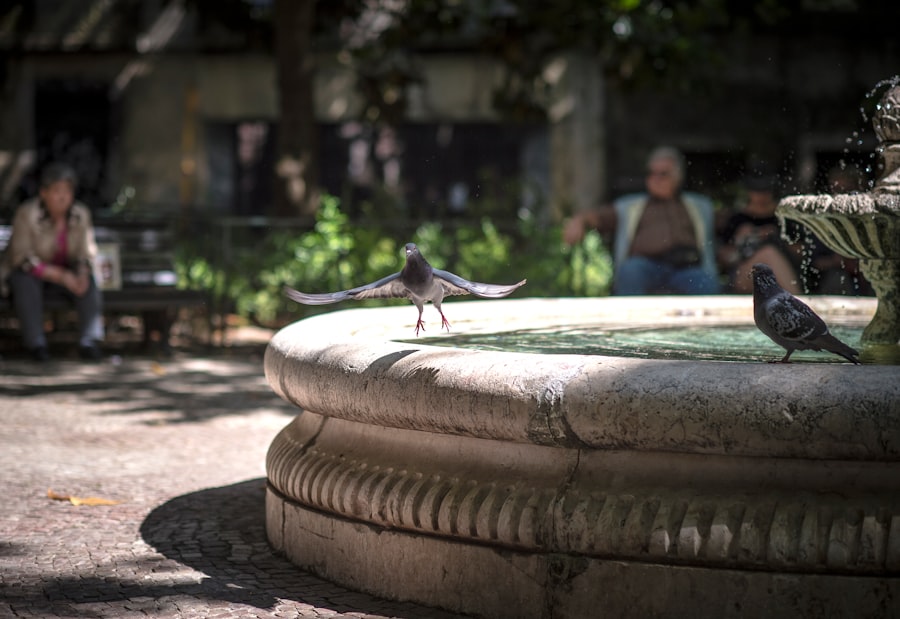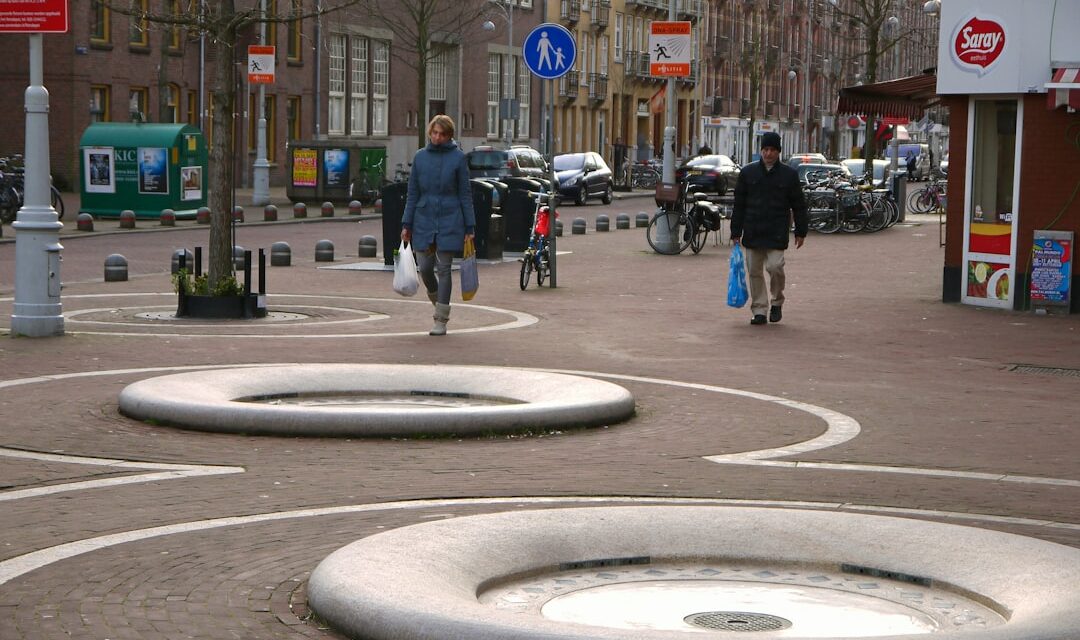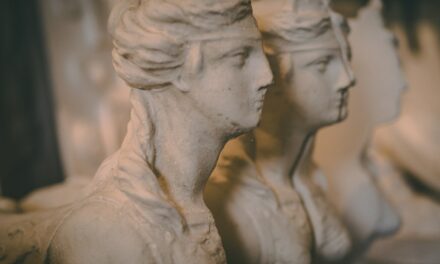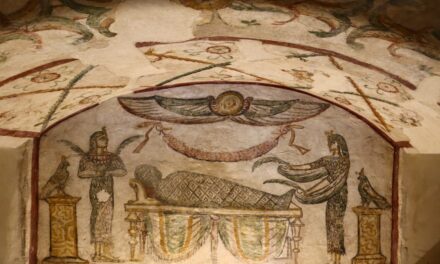Conceptual art is a form of artistic expression that prioritises the concept or idea behind the work over its aesthetic or visual qualities. This movement emerged in the 1960s and 1970s, challenging conventional notions of art and expanding the boundaries of what could be considered art. Conceptual artists often employ a variety of media, including installations, performances, and text-based works, to convey their ideas.
The emphasis is placed on the thought process and the message being communicated, rather than the technical skill or craftsmanship of the artist. Conceptual art is frequently viewed as a response to the commercialisation and commodification of art, as it aims to challenge the traditional art market and the notion of the art object as a commodity. This movement encourages viewers to engage with the work on an intellectual level, prompting them to question and think critically about the ideas being presented.
Conceptual art can be regarded as a form of artistic expression that is more concerned with ideas, language, and communication, rather than with creating visually appealing or decorative objects.
Summary
- Conceptual art is a form of art where the idea or concept behind the work is more important than the finished product.
- Conceptual art originated in the 1960s as a response to the commercialization of art and the emphasis on aesthetics.
- Key characteristics of conceptual art include the use of language, text, and ideas as the primary medium, as well as the rejection of traditional artistic skills and materials.
- Famous conceptual artists include Marcel Duchamp, Sol LeWitt, and Yoko Ono, who have made significant contributions to the movement.
- Conceptual art has had a profound impact on the art world, challenging traditional notions of art and expanding the possibilities of artistic expression.
The Origins of Conceptual Art
The Early Years of Conceptual Art
The movement gained momentum in the 1960s and 1970s, with artists such as Sol LeWitt, Joseph Kosuth, and Lawrence Weiner leading the way. These artists sought to break away from the constraints of traditional artistic mediums and explore new ways of creating and presenting art.
Influence of Philosophical and Theoretical Ideas
They were influenced by philosophical and theoretical ideas, such as those of Ludwig Wittgenstein and Roland Barthes, which emphasised language and communication as central to human experience.
A Shift in Focus
This led to a shift in focus from the physical object to the concept or idea behind the work, marking a significant departure from traditional artistic practices.
Key Characteristics of Conceptual Art

One of the key characteristics of conceptual art is its emphasis on the idea or concept behind the work. This means that the artist’s intention and message take precedence over the visual or aesthetic qualities of the artwork. Conceptual artists often use language, text, and documentation to convey their ideas, blurring the boundaries between art and language.
Another characteristic of conceptual art is its rejection of traditional artistic mediums and techniques. Instead of focusing on painting or sculpture, conceptual artists explore a wide range of mediums, including performance, installation, and video art. This allows for greater flexibility and experimentation in conveying their ideas, challenging viewers to engage with art in new and unconventional ways.
Conceptual art also challenges the traditional notion of the art object as a commodity. By prioritising ideas over physical objects, conceptual artists seek to subvert the commercialisation and commodification of art. This can be seen as a form of resistance against the art market and a rejection of traditional notions of value in art.
Famous Conceptual Artists
Several artists have made significant contributions to the development and popularisation of conceptual art. Sol LeWitt is known for his geometric wall drawings and his emphasis on concept over execution. His work often consists of precise instructions for creating an artwork, allowing for multiple interpretations and variations.
Joseph Kosuth is another influential figure in conceptual art, known for his text-based works that explore language and meaning. His use of language as a central component of his artwork challenges viewers to think critically about the relationship between words and images. Lawrence Weiner is also a key figure in conceptual art, known for his use of language and typography in his installations and public artworks.
His work often consists of short phrases or statements that prompt viewers to consider the nature of language and communication.
The Impact of Conceptual Art on the Art World
Conceptual art has had a profound impact on the art world, challenging traditional notions of art and expanding the possibilities of artistic expression. It has opened up new avenues for artists to explore ideas and concepts beyond traditional mediums, leading to greater experimentation and innovation in contemporary art. The movement has also had a significant influence on art theory and criticism, prompting scholars to reconsider the nature of art and its relationship to language, communication, and society.
This has led to a greater emphasis on conceptual thinking and critical engagement with art, encouraging viewers to think beyond the visual qualities of an artwork. Conceptual art has also had a lasting impact on the art market, challenging the commercialisation and commodification of art. By prioritising ideas over physical objects, conceptual artists have disrupted traditional notions of value in art, prompting collectors and institutions to reconsider their approach to acquiring and displaying artworks.
Criticisms of Conceptual Art

The Intellectualisation of Art
One common criticism is that conceptual art can be overly intellectual and inaccessible to viewers who may not have a background in art theory or philosophy. The emphasis on ideas over visual qualities can sometimes lead to artworks that are difficult for some viewers to engage with or understand.
The Neglect of Craftsmanship
Another criticism is that conceptual art can be seen as too focused on the artist’s intention at the expense of craftsmanship or technical skill. Some argue that this emphasis on concept over execution can lead to artworks that lack aesthetic appeal or visual interest.
Barriers to Accessibility
There are also concerns that conceptual art can be too reliant on language and text, which may limit its accessibility to viewers who do not speak the same language or have literacy challenges. This can create barriers for some audiences in engaging with conceptual artworks.
The Evolution of Conceptual Art
Conceptual art continues to evolve and adapt to contemporary artistic practices, with artists continuing to push boundaries and challenge traditional notions of art. The movement has expanded to include a wide range of mediums and approaches, from digital and new media art to socially engaged practices that address pressing social and political issues. Contemporary conceptual artists are also exploring new ways of engaging with audiences, such as through participatory projects and community-based initiatives that invite viewers to actively participate in the creation or experience of artworks.
This reflects a growing interest in collaboration and dialogue within contemporary conceptual art practices. The movement has also influenced other artistic disciplines, such as literature, music, and performance, leading to greater interdisciplinary collaboration and exchange. This has led to new forms of artistic expression that blur the boundaries between different disciplines and challenge traditional categorisations of artistic practice.
In conclusion, conceptual art has had a profound impact on the art world, challenging traditional notions of art and expanding the possibilities of artistic expression. It has opened up new avenues for artists to explore ideas beyond traditional mediums, leading to greater experimentation and innovation in contemporary art. While it has faced criticism for being overly intellectual or inaccessible at times, conceptual art continues to evolve and adapt to contemporary artistic practices, influencing other disciplines and leading to new forms of artistic expression.
If you are interested in learning more about the evolution of art, you may want to check out an article on prehistoric art. This article explores the origins of art and the significance of prehistoric cave paintings and sculptures. It provides a fascinating insight into the early forms of artistic expression and how they have influenced the art world today. You can read the full article here.
FAQs
What is Conceptual Art?
Conceptual art is a movement in modern and contemporary art that prioritizes the concept or idea behind the artwork over the traditional aesthetic and material concerns. It often involves the use of language, text, and everyday objects to convey the artist’s concept.
When did Conceptual Art emerge?
Conceptual art emerged in the 1960s and 1970s as a response to the commercialization and commodification of art. It was a radical departure from traditional art forms and sought to challenge the established norms of the art world.
What are the key characteristics of Conceptual Art?
Key characteristics of conceptual art include an emphasis on the idea or concept behind the artwork, the use of non-traditional materials, the incorporation of language and text, and a focus on the process of creating art rather than the final product.
Who are some notable Conceptual Artists?
Notable conceptual artists include Sol LeWitt, Joseph Kosuth, Yoko Ono, Marcel Duchamp, and Jenny Holzer, among others. These artists have made significant contributions to the development and popularization of conceptual art.
How has Conceptual Art influenced the art world?
Conceptual art has had a profound impact on the art world, challenging traditional notions of art and expanding the possibilities of artistic expression. It has influenced subsequent art movements and continues to be a source of inspiration for contemporary artists.




